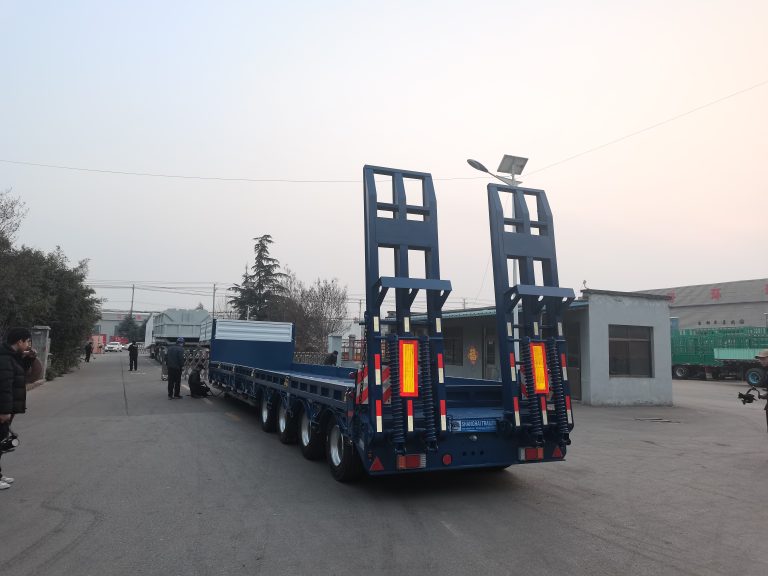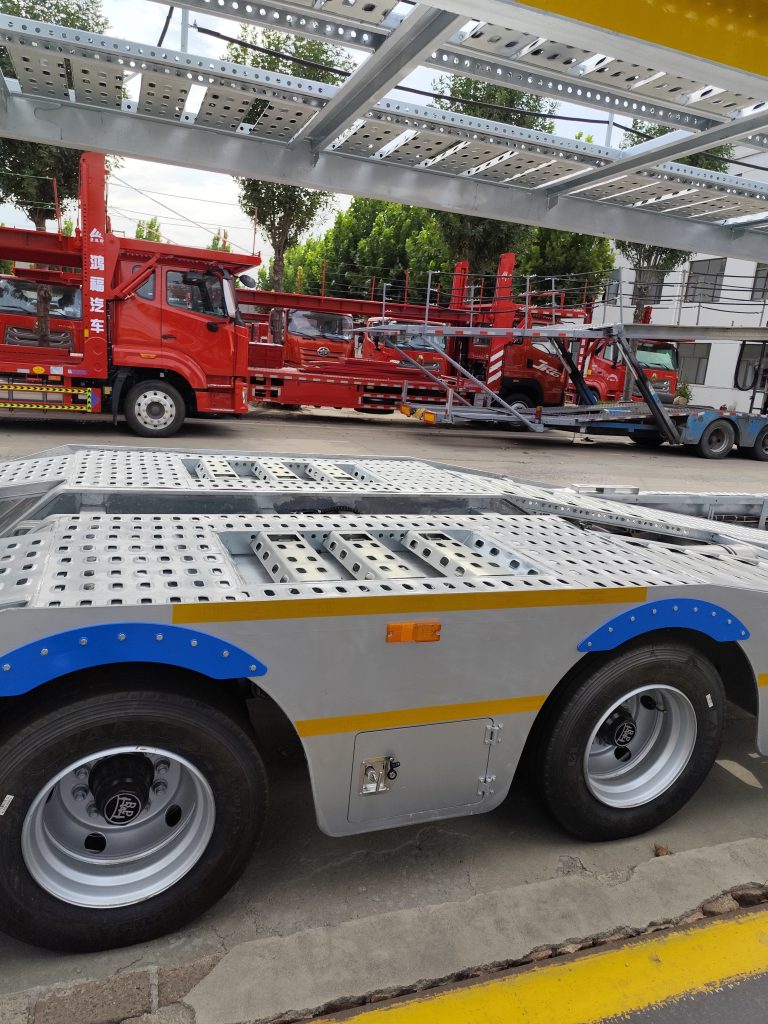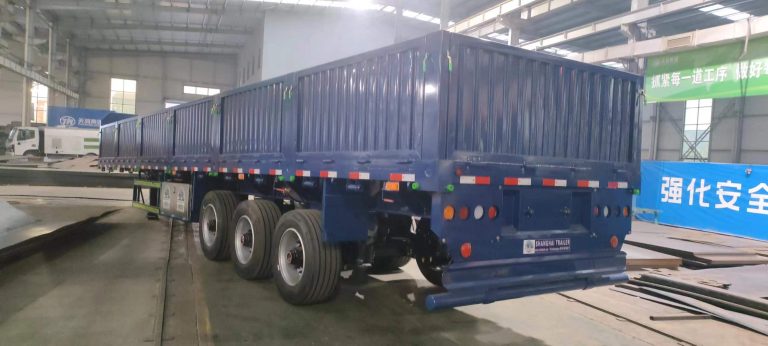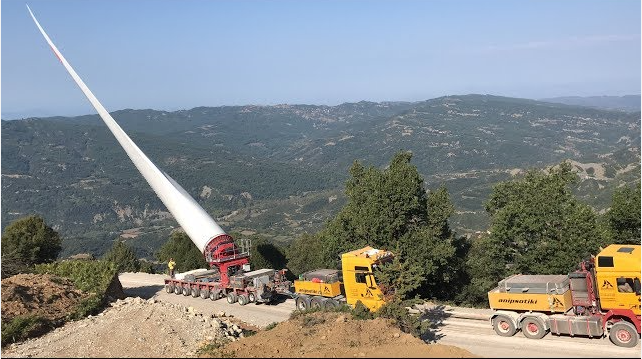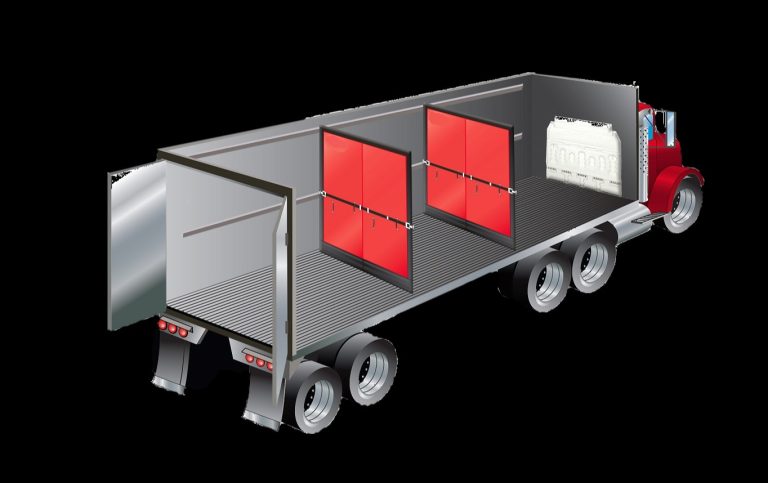The regular inspection function of the LNG leak alarm device mainly includes the following aspects to ensure its reliability and safety during transportation and use:
1. Appearance inspection
Inspect the appearance: Regularly inspect the appearance of the alarm to ensure that there is no damage, deformation, looseness, etc.
Inspect the internal components: Check the internal components of the alarm to ensure that there is no dust, debris, etc. that affect its normal operation.
2. Power supply inspection
Check the power supply: Regularly check whether the power supply of the alarm is normal to ensure that the battery or external power supply can continue to supply power.
3. Sensor sensitivity inspection
Detection sensitivity: Regularly test the sensor sensitivity of the alarm to ensure that it can accurately detect LNG leaks. If the sensor is found to be invalid or the sensitivity is reduced, it should be replaced or repaired immediately.
4. Alarm function test
Test the alarm function: Regularly test the sound and light alarm function of the alarm to ensure that the alarm can be issued in time when a leak is detected.
Check the alarm setting value: Ensure that the alarm setting value of the alarm meets the standard requirements, such as the first-level alarm setting value of combustible gas is less than or equal to 25% LEL, and the second-level alarm setting value is less than or equal to 50% LEL.
5. Explosion-proof performance inspection
Check explosion-proof performance: If the alarm is used in an explosive environment, ensure that its explosion-proof performance meets relevant standards.
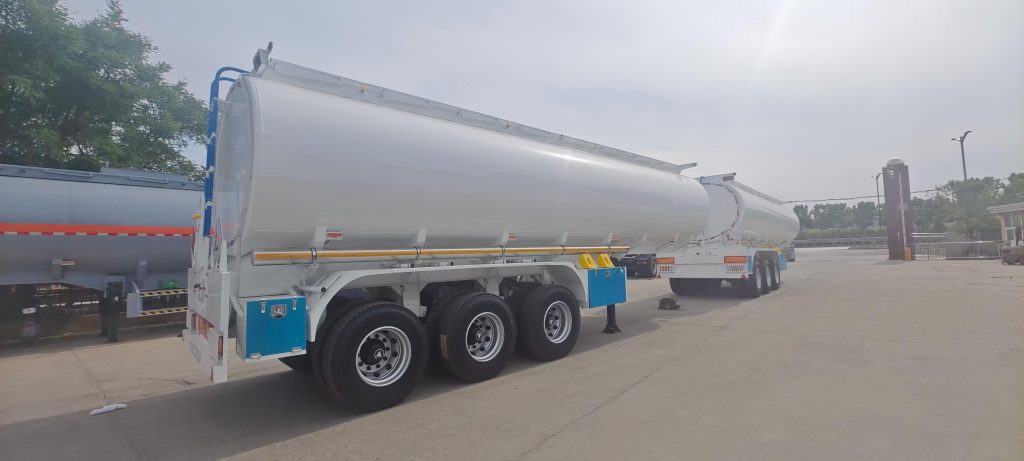
6. Calibration and drift detection
Calibrate the detector: Calibrate the alarm regularly to ensure that its measurement results are accurate.
Detect drift: Check whether the zero drift and range drift of the alarm are within the allowable range.
7. Linkage function test
Test linkage function: If the alarm has linkage functions (such as automatic valve closing, exhaust system startup, etc.), these functions should be tested regularly to see if they are normal.
8. Environmental adaptability detection
Check environmental adaptability: Ensure that the alarm can work normally under different environmental conditions, including wind and rainproof, dustproof, insect-proof, etc.
9. Log and recording function
Check the log function: Ensure that the alarm has alarm, fault and other log storage and query functions so that they can be traced back when needed.
Through the above regular detection functions, the normal operation of the LNG leak alarm device can be effectively guaranteed, and leakage problems can be discovered and handled in a timely manner, thereby ensuring the safety of the transportation process.

